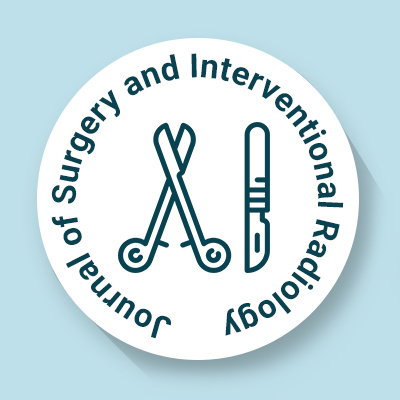
Journal of Surgery and Interventional Radiology
OPEN ACCESS

OPEN ACCESS
It represents a significant advancement in surgical practice, integrating real-time imaging modalities to enhance the precision and safety of various procedures. By utilizing tracked surgical instruments in conjunction with preoperative or intraoperative imaging, IGS provides surgeons with detailed visualization of the operative field, thereby facilitating minimally invasive interventions across multiple medical disciplines. ?
The implementation of IGS offers numerous benefits. Enhanced control during surgical procedures allows for real-time feedback on the effects of interventions, reducing tissue trauma and minimizing disruption to surrounding anatomical structures. This approach has been associated with decreased postoperative neural deficits and fewer adverse events, particularly in procedures such as endovenous laser ablation. Furthermore, IGS has enabled the effective removal of brain tumors previously deemed inoperable due to their size or location, underscoring its transformative impact on neurosurgical outcomes. ?
IGS is applied across a diverse range of surgical specialties. In neurosurgery, it facilitates the precise localization and resection of intracranial lesions. Orthopedic surgeons employ IGS for accurate placement of implants and alignment of bone structures, enhancing the success rates of joint replacement surgeries. In urology, IGS assists in guiding prostatic biopsies and nerve-sparing procedures, thereby reducing the risk of complications such as sexual dysfunction and urinary incontinence.
Technological innovations have further refined IGS capabilities. Hybrid operating rooms equipped with advanced imaging devices, such as fixed C-arms, CT scanners, or MRI machines, enable seamless integration of imaging and surgical procedures. The incorporation of fluorescence modalities, known as fluorescence image-guided surgery, provides real-time visualization of specific tissues or tumors, enhancing surgical accuracy. Additionally, the development of open-source software toolkits like the Image-Guided Surgery Toolkit (IGSTK) has facilitated the rapid prototyping and creation of new IGS applications, promoting ongoing innovation in the field. ?
As IGS continues to evolve, its integration with robotic systems and augmented reality holds promise for further enhancing surgical precision and patient outcomes. Ongoing research and development in this area are poised to expand the applications of IGS, solidifying its role as an indispensable tool in modern surgical practice.